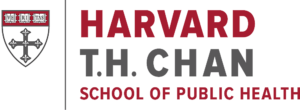Changes in Heart Rate and Rhythm During a Crossover Study of Simulated Commercial Flight in Older and Vulnerable Participants
A paper titled, Changes in Heart Rate and Rhythm During a Crossover Study of Simulated Commercial Flight in Older and Vulnerable Participants, has just been published Frontiers of Physiology. The authors found that among passengers that are typical of elderly flyers (an increasingly common demographic of both flyers and flight crew – flight attendants and pilots) […]
